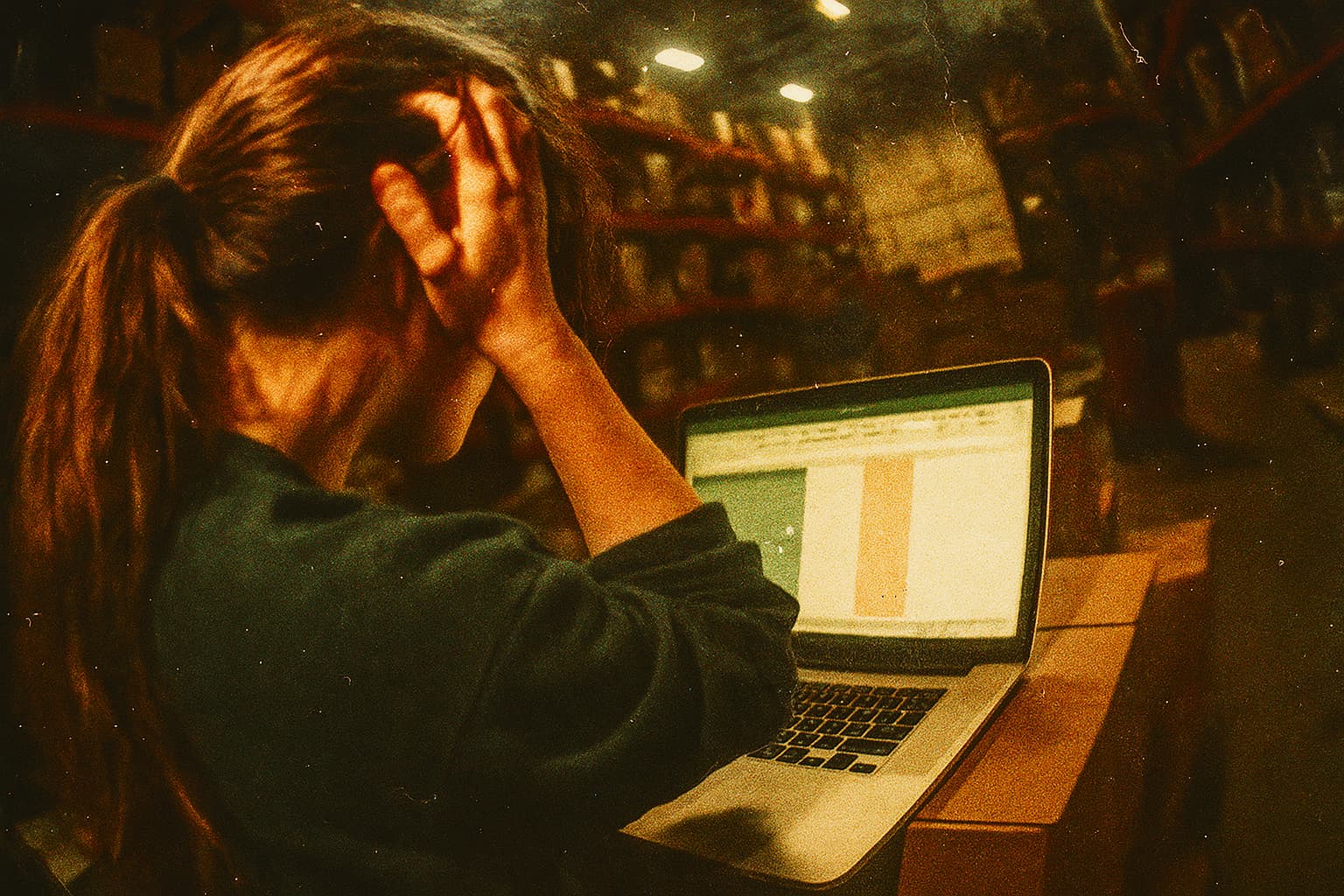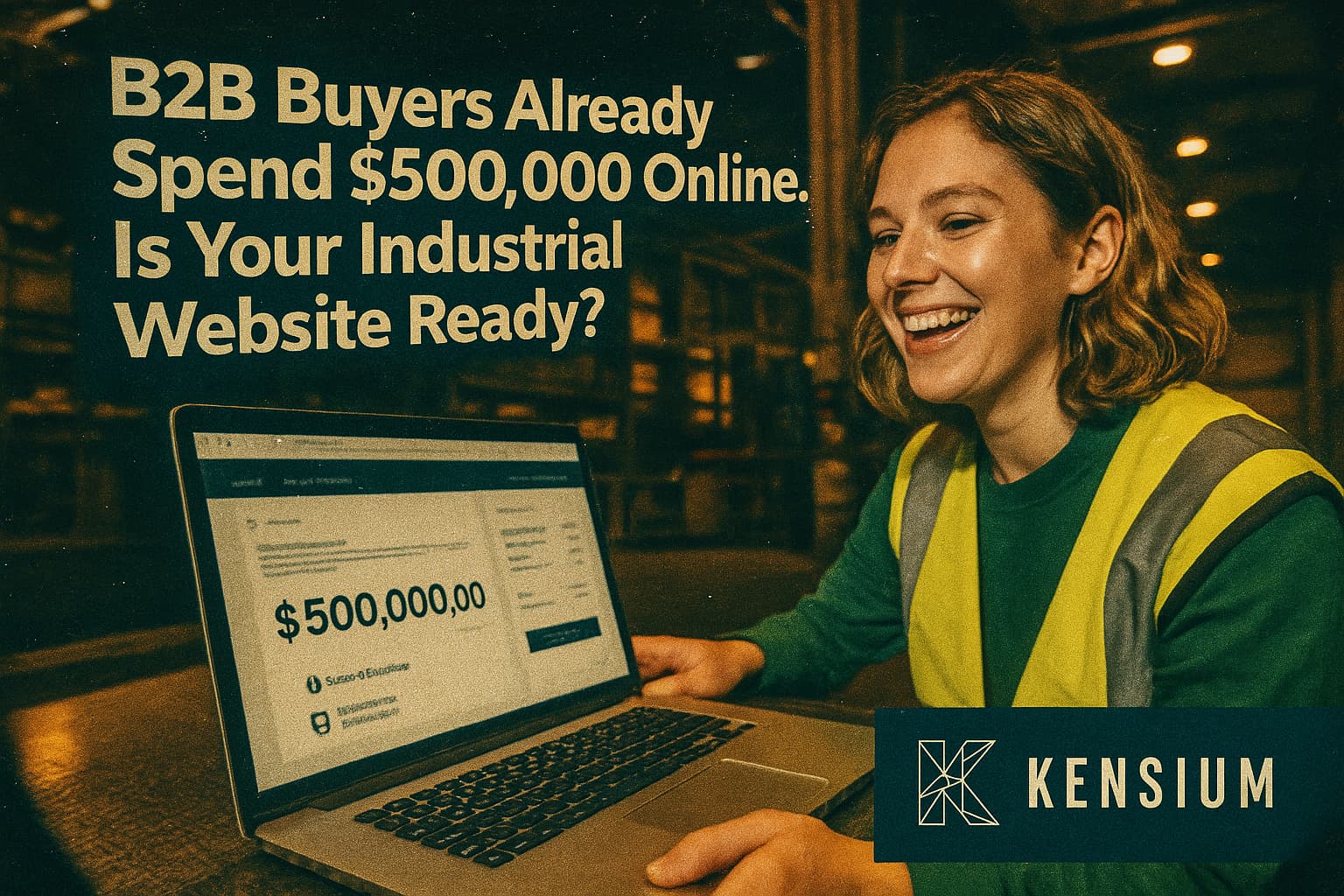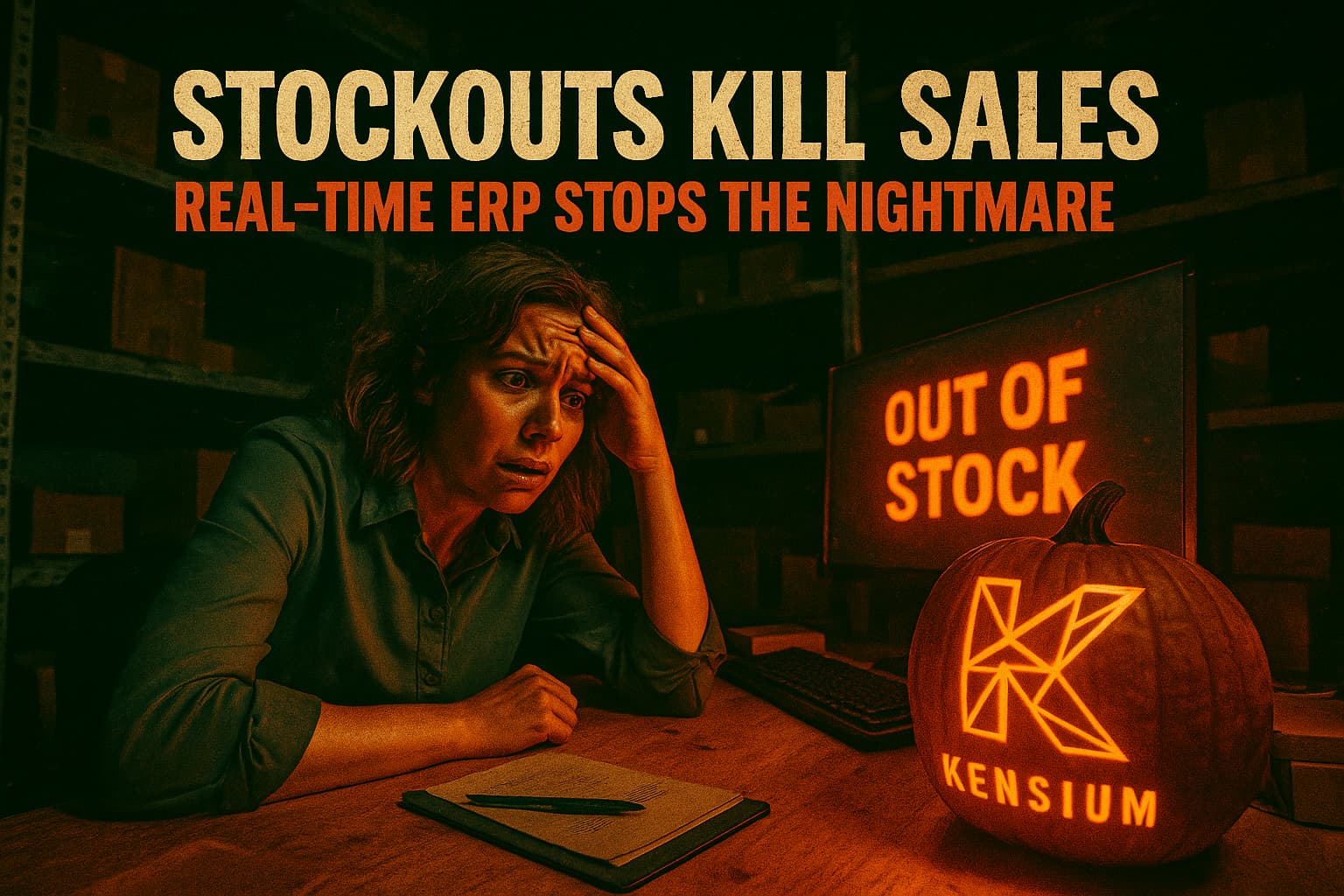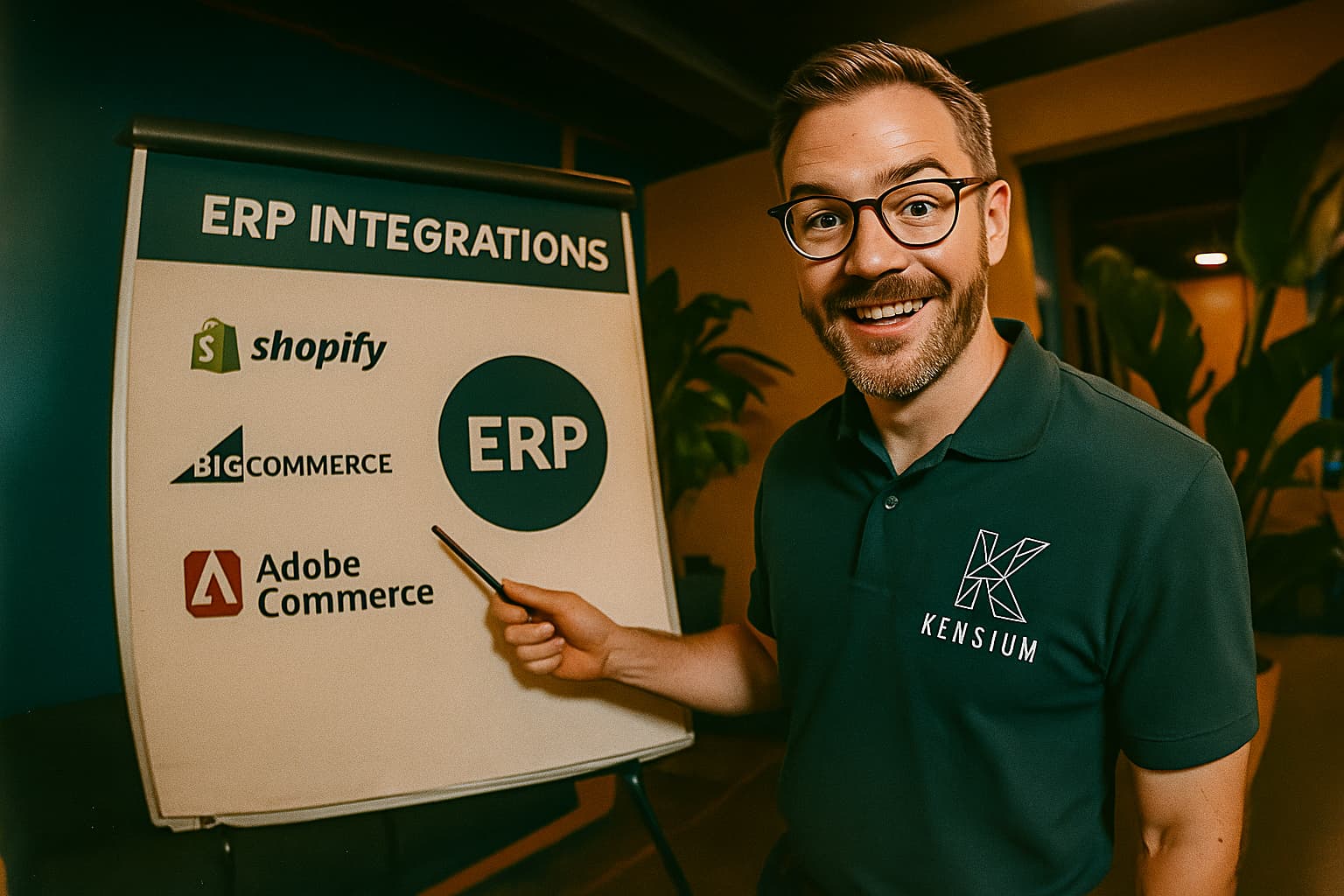
The Question Small Businesses Always Ask
“Do I really need an ERP, or can I just keep running my business on Excel?”
If you’re a small retailer, wholesaler, or distributor, you’ve probably asked yourself this more than once. Spreadsheets are familiar, flexible, and practically free. But as your eCommerce operations grow—more SKUs, more orders, more sales channels—the cracks start to show.
One Reddit small-biz owner put it bluntly:
“Now that I am starting to get more clients it's really getting cumbersome.”
That growing complexity is the early warning sign that you’ve outgrown Excel.
Excel: Great for Starting, Dangerous for Scaling
Excel and Google Sheets are fantastic for:
- Early product lists
- Simple inventory counts
- Tracking a handful of orders
But they quickly become fragile workarounds once you scale. Common problems include:
- Version conflicts — multiple team members editing different copies
- No real-time sync — inventory can’t update across channels instantly
- Error-prone manual entry — copy/paste orders from your website into a sheet
- Zero automation — pricing, tax, and shipping must be updated by hand
As one frustrated eCommerce manager posted online:
“Excel has a SERIOUS problem with scale.”
ERP: The Next Step for Growth

An ERP system (Enterprise Resource Planning) centralizes your business data—orders, inventory, customers, accounting—into one platform. For eCommerce, that means:
- Real-time inventory sync across your online store, marketplaces, and POS
- Automated order flow — no more manual re-keying from spreadsheets
- Accurate reporting with a single source of truth
- Scalability — add new channels or SKUs without doubling admin work
Instead of patching spreadsheets, ERP makes your eCommerce stack future-proof.
Case Study — Dekra-Lite: From Manual Processes to ERP-Connected Growth
Industry: Holiday Decorations
Stack: Shopify + Acumatica ERP + Shopify Connector
Challenge:
After migrating from Magento 1 to Shopify, Dekra-Lite lost its ERP integration and had to fall back on manual processes. Orders, inventory, and pricing updates were handled outside the system, creating errors, wasted labor, and unreliable inventory during their busiest season.
Solution:
Kensium implemented Acumatica’s Shopify Connector and customized it to serve as the single source of truth for products, inventory, and orders. With real-time updates flowing between Shopify and Acumatica, Dekra-Lite eliminated manual re-entry, automated order handling, and streamlined operations.
Results:
- 66% revenue growth
- +40% average order value
- -67% error reduction
- Real-time inventory management during peak holiday demand
- Enhanced operational efficiency and stronger customer satisfaction
Read the full Dekra-Lite case study →
When to Move From Excel to ERP
If you’re still unsure, ask yourself:
- Do you sell on more than one channel (e.g., online + marketplace + in-store)?
- Are you managing more than 100 SKUs?
- Do you spend hours re-keying orders each week?
- Have you experienced overselling or stockouts from delayed updates?
If you answered yes to even one of these, ERP will save you money, time, and customer frustration.
Why Kensium?
Kensium specializes in helping small and mid-sized businesses make the leap from spreadsheet chaos to integrated ERP–eCommerce systems. With pre-built connectors for Shopify, BigCommerce, and Adobe Commerce—and deep expertise in Acumatica ERP—we make the transition seamless.
Whether you’re just outgrowing Excel or already struggling with disconnected tools, Kensium ensures you scale without breaking your operations.
FAQ
Q: Do I really need ERP if I’m using Excel?
A: ERP becomes necessary once your order volume, SKUs, or sales channels outgrow the limits of manual spreadsheets.
Q: What’s the risk of using Excel for eCommerce?
A: Spreadsheets lead to overselling, stockouts, manual errors, conflicting versions, and wasted admin time.
Q: When should I move from Excel to ERP?
A: If you sell on multiple channels, manage 100+ SKUs, or spend hours re-entering data, you’ve outgrown spreadsheets.
Q: How does ERP help eCommerce?
A: ERP syncs orders, inventory, pricing, and customers in real time across your storefront, ERP, and other channels.
Q: How has Kensium helped others make this move?
A: Kensium helped Dekra-Lite replace error-prone manual processes with a Shopify + Acumatica ERP integration. By customizing the Shopify Connector, they eliminated manual re-entry, automated order sync, and gained real-time inventory visibility — resulting in 66% revenue growth, 40% higher average order value, and 67% fewer errors.
👉 Next Step: Contact Kensium to see how we can move your business from Excel chaos to ERP-driven growth.








.png)



















































-small.jpeg)







